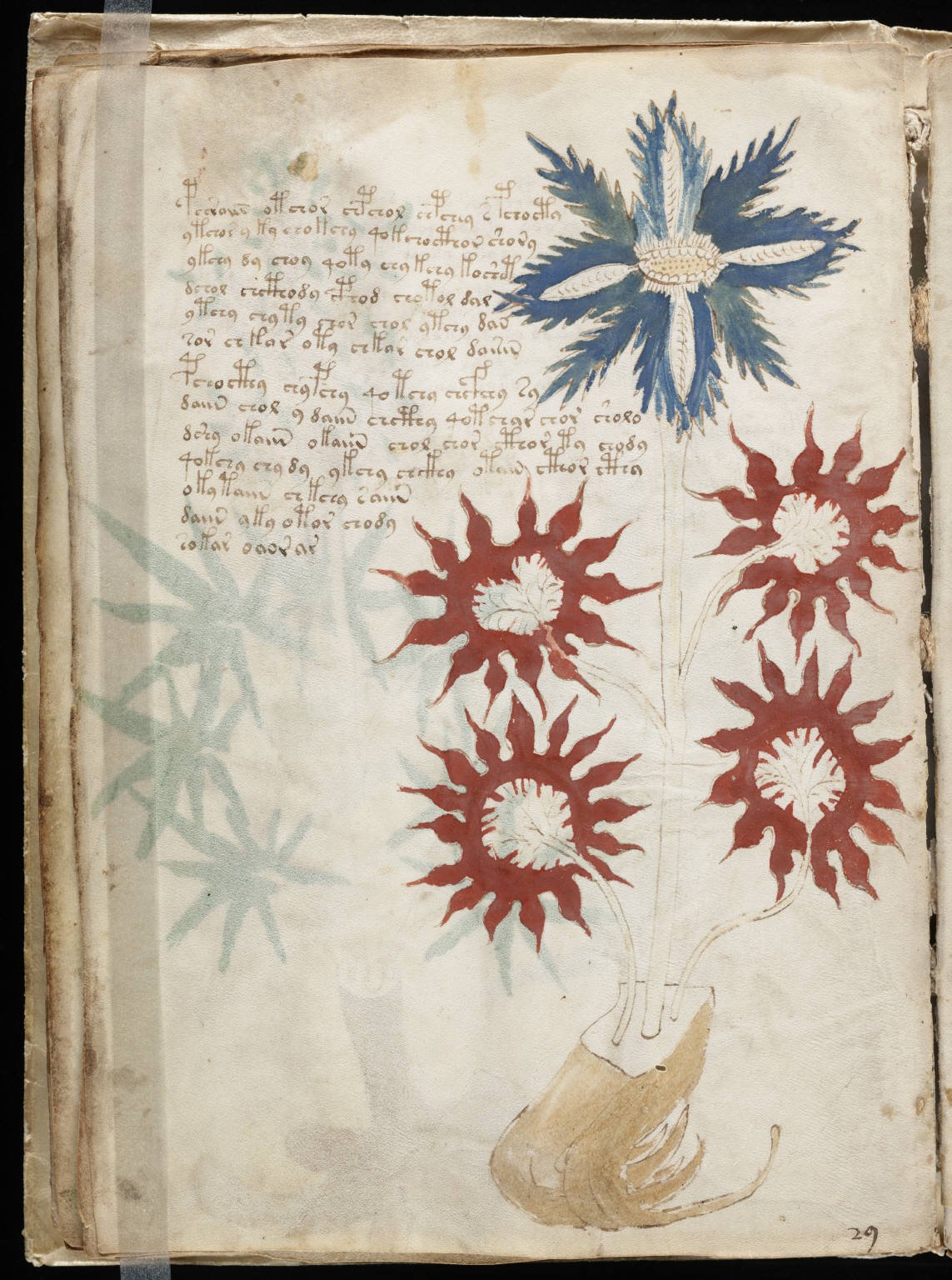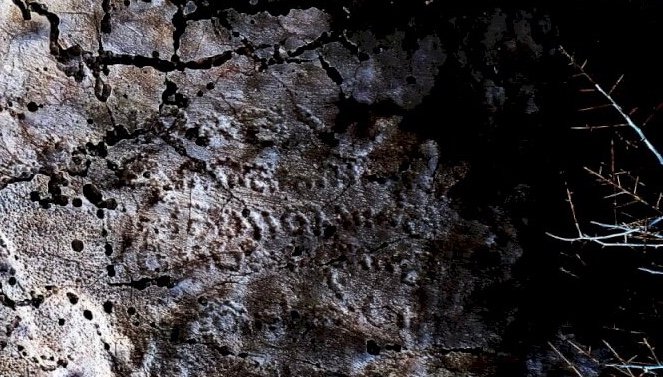The Mysterious Voynich Manuscript
Tucked away in the depths of Yale University’s Beinecke Rare Book and Manuscript Library lies an enigmatic artifact that has been puzzling historians, linguists, and cryptographers for centuries – the Voynich Manuscript. This mysterious book, written in an unknown script and adorned with peculiar illustrations, has captured the fascination of countless scholars who have dedicated their lives to unraveling its secrets. In this article, we delve into the captivating tale of the Voynich Manuscript, exploring the centuries of mystery and intrigue that surround it, the recent claims of decipherment, and the controversies and revelations that have accompanied this groundbreaking research.

Centuries of Mystery and Intrigue
The Voynich Manuscript is believed to have been created in the early 15th century, although its exact origin and author remain unclear. Named after the Polish book dealer Wilfrid Voynich, who purchased it in 1912, the manuscript is composed of 240 vellum pages, each filled with a cryptic text and accompanied by intricate illustrations of plants, astrological charts, and human-like figures. Despite its age, the manuscript’s script has defied all attempts at decipherment, leading to widespread speculation about its purpose and meaning.
Unveiling the Secrets of the Enigma
For centuries, scholars and codebreakers from around the world have attempted to unlock the secrets concealed within the Voynich Manuscript. Some theories suggest that it is a medieval medical or herbal text, while others propose that it contains hidden religious or philosophical knowledge. However, until recently, all efforts to decipher the manuscript’s script and illustrations had proven fruitless, leaving the enigma intact.
Researchers Claim to Have Decoded It
In 2019, a team of researchers led by Dr. Gerard Cheshire, a linguist and research associate at the University of Bristol, made a bold claim: they had successfully decoded the Voynich Manuscript. According to their findings, the text is written in a fully phonetic form of medieval Latin, utilizing a combination of abbreviations, ligatures, and unfamiliar characters. Cheshire’s work sparked both excitement and skepticism within the academic community, as many awaited further analysis and validation of his findings.
A Breakthrough in Solving an Ancient Puzzle
Cheshire’s alleged breakthrough in deciphering the Voynich Manuscript has been hailed as a significant milestone in the study of one of history’s most perplexing riddles. If his findings are indeed validated, it would mark the first time in centuries that the manuscript’s cryptic script has been understood, potentially shedding light on the manuscript’s purpose and the civilization that produced it.
A Closer Look at the Cryptic Text and Drawings
The Voynich Manuscript is filled with an array of peculiar illustrations that have puzzled researchers for centuries. The pages are adorned with depictions of various plants, some resembling known species while others appear to be fantastical creations. Astrological charts and diagrams are also present, suggesting a link to medieval astronomy or astrology. By analyzing the illustrations alongside Cheshire’s deciphered text, experts hope to gain further insight into the cultural and scientific knowledge of the manuscript’s creators.
The Language of the Voynich Manuscript
One of the most significant aspects of Cheshire’s alleged decipherment is that it provides a key to understanding the language of the Voynich Manuscript. By suggesting that the text is written in phonetic medieval Latin, Cheshire opens the door for further linguistic analysis and translation. Linguists and historians are now collaborating to verify Cheshire’s claims and build upon his findings, exploring the linguistic intricacies within the text and potentially uncovering more about the manuscript’s contents.
The Manuscript’s Origin
Alongside his decipherment of the text, Cheshire also claimed to have discovered the origin of the Voynich Manuscript. According to his research, the manuscript was likely created in the north of Italy during the Renaissance. This revelation challenges previous theories that placed its origin in Spain or Central America, igniting further debate and discussion among experts.
Controversies Surrounding the Decoding Process
Cheshire’s decoding claim has not been without its share of controversies. Some scholars have questioned his methodology and conclusions, arguing that the language and origin of the Voynich Manuscript remain elusive. Others have criticized the limited evidence presented to support the findings. As the academic community continues to scrutinize Cheshire’s work, the debate surrounding the Voynich Manuscript and its decipherment remains far from settled.
Experts Discuss the Significance of the Deciphered Text
Despite the ongoing controversies, Cheshire’s decipherment has prompted experts to reevaluate their understanding of the Voynich Manuscript. If his conclusions withstand scrutiny, they may provide valuable insights into the cultural and scientific knowledge of the time period, opening new avenues for research into medieval manuscripts and the historical context in which they were created.
Shedding Light on the Manuscript’s Cryptic Illustrations
While much attention has been focused on the decipherment of the Voynich Manuscript’s text, the illustrations that accompany it hold equal intrigue. If Cheshire’s findings are validated, linguistic and historical analysis may shed light on the meaning behind these intricate drawings. The plants depicted could be linked to medieval medicine or alchemy, while the astrological charts may reveal hidden insights into the beliefs and practices of the manuscript’s mysterious creators.
The Voynich Manuscript
The Voynich Manuscript continues to captivate scholars and enthusiasts alike, offering a tantalizing glimpse into an ancient world. While the recent claims of decipherment have sparked both excitement and skepticism, they represent a significant step forward in unraveling the mysteries of this enigmatic artifact. As researchers dig deeper into the text and illustrations, the secrets of the Voynich Manuscript inch closer to being unraveled, providing invaluable insights into the past and the minds of those who came before us.


